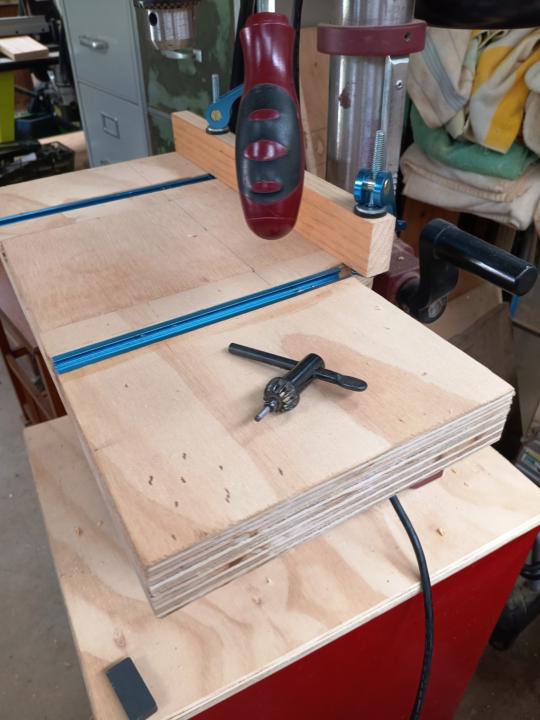
Write something
Live and learn from your elders
Hi everybody. Newbje here. Anybody else want to say hello. Feel free.🤩
To Pocket Hole... or Not?
I know there are lots of people out there who love pocket holes; but I'm not one of them. Oh, they're useful and I use them when I feel they are appropriate. But that's not the same as people who use them for everything. Like any other method of joinery, there are times when pocket holes are appropriate and other times when they aren't. In this video, I show some places where pocket holes really aren't the best choice available to us.
How Strong is Strong Enough?
One of the hard-won lessons in woodworking is making things that are strong enough. At least, it was for me. When you start building bigger things, especially furniture, you've got to understand how to make the structure strong, without necessarily making it big, bulky, and heavy. That's a bit of a challenge; but if you understand the principles, it's not that bad. In this video, I break down the basics of making strong structure and show how to apply that to building furniture.
Have trouble keeping up with your drill press chuck key
I used to find myself "looking" for the chuck key for my drill press. I have a benchtop drill press mounted to the top of a 2-drawer metal filing cabinet on locking casters. I was frequently misplacing the chuck key and decided to end that problem. Hanging it from a string wasn't an option as it could get in the way when I was working. My simple solution was to put a magnet on the handle hub and now it's never lost, it's out of the way, and handy when I need it.

Amazing Difference - Lesson Learned
Learned something new today, as I try to every day. The two mitered corners shown in this picture are two sides of the same corner, splined along the outer edges with walnut. I used the same piece of walnut for both, cutting two adjacent pieces. But as you can see, they look quite different. No finish has been applied, so it's not the finish. The difference is that the one on the right has been sanded to level the spline key with the wood (please forgive the gaps) and the one on the left has been pared with a really sharp paring chisel. In the sanded one, the sawdust from sanding filled the darker parts of the grain, making them less pronounced. That didn't happen with the one that I pared, as there was no sawdust to fill the grain. So, if you want your finished piece to really show off the grain, plane, scrape with a cabinet scraper or pare it with a chisel, rather than sanding. it's more work and requires more skill, but gives great results.

1-18 of 18

skool.com/woodworking-for-beginners
We teach you woodworking from 50 years of experience, with tools you can afford.
Powered by







